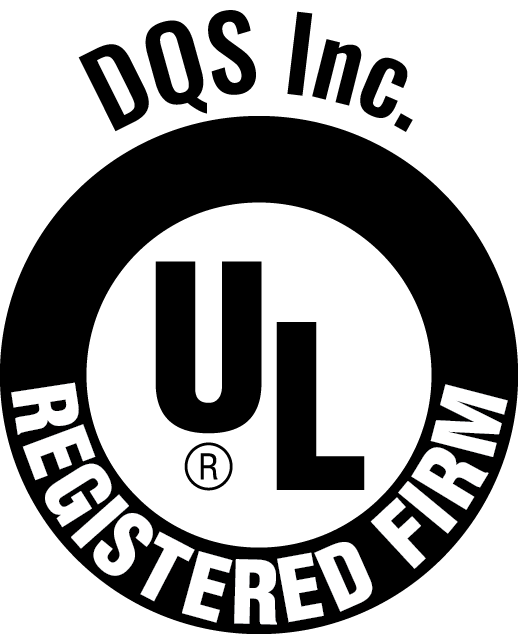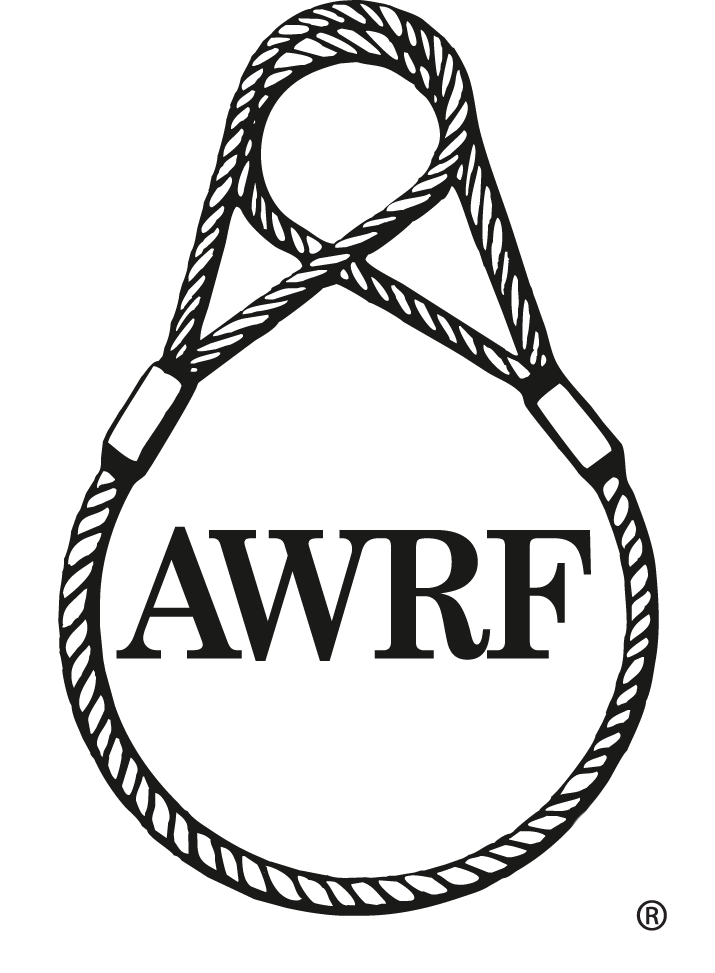Scripps Institution of Oceanography (sometimes referred to as SIO, Scripps Oceanography, or just Scripps) in La Jolla, California, is one of the oldest and largest centers for ocean and earth science research, graduate training, and public service in the world.Hundreds of ocean and earth researchers conduct scientific research with the aid of oceanographic research vessels and shorebased laboratories. Scripps manages several research vessels including: RV Roger Revelle, RV Melville, RV New Horizon, RV Robert Gordon Sproul, and RP... + continue reading
Our Blog
Thursday, January 20, 2011 - 14:17
Thursday, January 20, 2011 - 13:59
Ever wonder how electrical and telephone cables get from island to island? In late 2010 we supported a Trinity Offshore project in Vancouver, BC by instrumenting a custom cable-laying barge for tension, speed and payout monitoring of the cable. Trinity built this specialized barge to deploy cable for the telecommunications and electrical industry. One of the primary challenges with laying sub-sea cable is that the cable has to be laid in one continuous line without connectors. This means that if you lay your cable too slowly,... + continue reading
Friday, September 10, 2010 - 18:51
When you are 1,200 feet down in the ocean working on delicate operations, where ocean pressures are equal to 74,900lbs per square foot, you don’t want to be in anything but an OceanWorks Hardsuit™. OceanWorks has been an MTNW customer for many years and we thought it would be interesting to show off some of their latest LCI-90i supported systems. In the images on the page you can see the OceanWorks Hardsuit™ 1200 (www.oceanworks.com) owned by the Italian and French Navies. This Hardsuit™ can go 1,200 feet deep... + continue reading
Thursday, July 22, 2010 - 17:27
There is growing demand for lighter than air, near space systems that can carry aloft wide-area communications, broadband, and sensing devices to meet the requirements of military and commercial customers for network connectivity and ready access to mission critical information. Aerostats, which are commonly referred to as blimps, play an important role in our nation’s rapid response communications infrastructure - from supporting climate research and natural disaster response to combating terrorism and providing deploy-able “eyes in the sky”... + continue reading
Thursday, July 15, 2010 - 19:06
One of our leading partners, DynaWinch, out of Calgary, Alberta, has been working with the MTNW LCI-90i display for years to bring decimal point accuracy to their arsenal of down-hole tools and applications. Recently, DynaWinch has incorporated our displays (both the LCI-90i and the LCI-80) into their new product line of slickline skid units. They now manufacture electrically, hydraulically, and diesel driven skid based units for all types of environments and needs. Their product line includes aluminum wireline van bodies for slickline, case... + continue reading
Wednesday, April 7, 2010 - 18:38
In a previous posting we discussed the technique of calibrating the payout line parameter for winch applications.It is also important to understand the technical challenges of calibrating the tension line parameter of your winch monitoring system.The calibration of a tension measurement system can be achieved through several methods.MTNW employees calibrate two Foss tugs in Puget Sound by having them pull against each otherIt’s always best to conduct a live calibration of the winch monitoring system once the sensors, displays and line have... + continue reading
Wednesday, February 17, 2010 - 15:34
Through one of our partners, Dillon Quality Plus, the Coast Guard purchased and used our HRT-3mm Running Line Tensiometer (or line rider) to measure the cable tension loads during some qualification testing on an improved rescue hoist for the Coast Guard H-65 Dolphin Helicopter. An HH-65C flight crew hoists an injured hiker to safety from a mountain peak in WA at an altitude of 6,300 feet.The hoist was improved by adding a clutch designed to release if the cable forces exceed a known value. The Coast Guard tested the release force... + continue reading
Tuesday, January 12, 2010 - 21:37
We often get asked questions about the difference between tension meters, tensiometers, and dynamometers.There is good reason for the confusion because many different industries use the same words for different applications. For example, the word tensiometer, which we use to describe our primary cable tension/payout monitoring equipment, is also used to describe a soil moisture monitor, and dynamometer is a word that was widely used within North America for a device for measuring automotive horsepower. At Measurement Technology NW we focus on... + continue reading
Friday, December 4, 2009 - 19:00
We just spoke with Michael Kasten, President of Coordinated Wire Rope, and during the conversation he mentioned that last Friday the CD Lyon team was working with the LCI-90 and HRT-3MM tensiometer/dynamometer system (described in our last blog post) when they hit “a snag”…literally. The CD Lyon team was pigging the pipe, which means that they were dragging a device through the existing pipe looking for obstacles, when tension readings on their LCI-90 display suddenly jumped from 3,000 lbs to 13,000 lbs. Because the LCI-90 payout measurement... + continue reading
Friday, November 27, 2009 - 19:24
Based in Ventura, CA, Coordinated Wire Rope (http://www.coordinatedcompanies.com) approached us for a project that required highly accurate measurement of line tension and payout on an underground cable pulling application for their customer, CD Lyon. CD Lyon had been tasked with pigging (looking for obstacles) and slip-lining (inserting a new pipe into an old pipe) an old 8 mile natural gas pipe, and they were looking for solutions that would make the project run smoothly and efficiently. CD Lyon planned to use a 5/8” wire rope to pull the... + continue reading


